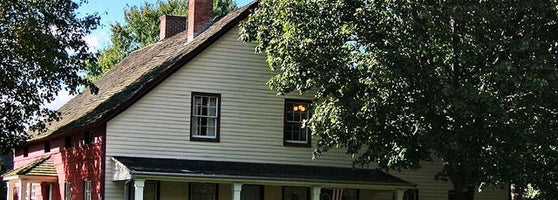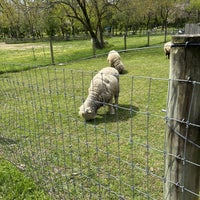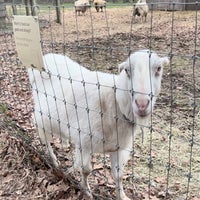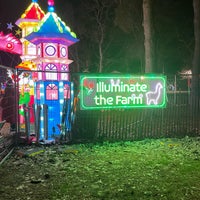

Queens County Farm Museum
Museum and Farm
Floral Park
Filter:
- corn maze
- amazing maize maze
- pumpkin
- farmland
- tours
- (15 more)
Sort:
- Popular
- Recent
- Untapped CitiesJuly 27, 2012Don't miss the hayrides and corn mazes! The 47-acre Queens County Farm Museum is the oldest working historical farm, dating back to 1697. Read more

- NYC: The Official GuideDecember 26, 2012At 47 acres, this is the largest remaining tract of farmland within NYC. Find historic farm buildings, greenhouses, an orchard and herb garden, farm machinery, and goats, pigs and other animals.Upvoted Dec 15, 2024
- City of New YorkApril 22, 2013Did you know that the Queens County Farm Museum is largest remaining farmland site within New York City at approximately 48 acres?

- Nate FolkertSeptember 25, 2018check out the queens county fair held here in september. on site parking, midway with rides, ponies, petting zoo, medieval and farm games, live music, art show, pig races, corn maze, and more

- Freda JackmanOctober 24, 2010Pick-your-own-Pumpkin : October is pumpkin month at the Farm Museum! Enjoy wandering through the planting field to find your favorite pumpkin. Price of pumpkins will be determined by size of pumpkin
- MetroFocusNovember 9, 2011Take advantage of the free admission and tour the farm, feed the animals and observe the greenhouses all at no cost with your family this fall. Read more about this urban oasis on MetroFocus. Read more
- NYC ParksOctober 10, 2013In the late 1920’s the farm was sold to a local hospital that used it to provide occupational therapy for patients and to grow food for the hospital's meals.

- Kavita RJanuary 30, 2016Good free activities on the weekend to get the children in the community involved. (See the website for events )
- 1 of New York's true hidden gems 4 families. Great time when they have big events like Carnivals, Apple Fesitval, + Corn Maze, but we also love to come on random weekdays & just feed animals.
- SusieOctober 22, 2012if you do the maize, use the found pieces of the map to get you through to the next piece.

- Peter VigeantDecember 2, 2012Free to pet a goat (admission is totally free). $3 for a bag of feed. Those that tell you otherwise are nuts!
- Freda JackmanOctober 24, 2010The Amazing Maize Maze : Enjoy getting lost in our 3 acre interactive corn maze. The adventure begins with a stalk talk to prepare you for the challenge of finding clues, solving puzzles and making y
- Complaints about Green Meadows Farm? Simply dial 311 and ask to file a complaint against the NYC Parks Department.
- Time Out New YorkSeptember 10, 2010On October 9 and 16, you can take a stab at navigating the three-acre corn maze after-dark during Maze by Moonlight. Flashlights (and perhaps cell phones) are suggested.
- Crystal HamptonOctober 18, 2013If you're planning a visit bring cash as they don't do credit/debit cards
- amNewYorkOctober 5, 2011The original “green movement,” it’s the oldest and largest sustainable working farm in the city limits.
- Complaints about Queens County Farm? Simply dial 311 and ask to file a complaint against the NYC Parks Department.
- Alan CordovaDecember 19, 2009Apple Festival in early October - lots of county fair food, corn mazes, live music, arts & crafts. Good for kids and the young at heart. Read more
- Anna maria JenningsApril 17, 2011So we drove all the way to queens farm to buy fresh eggs. Not only did they not have the eggs they wanted to charge us $40 to pet a goat. Never coming back ever again.






























